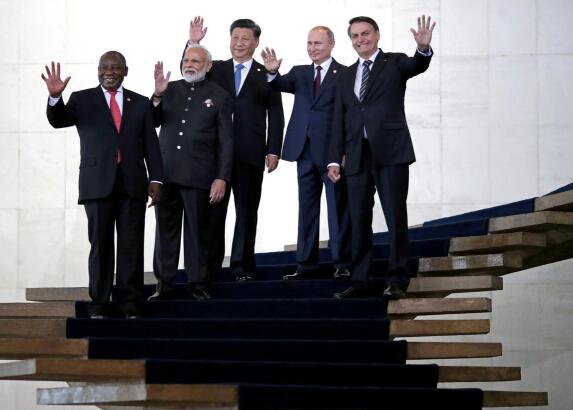Following President Cyril Ramaphosa’s announcement on the new measures to deal with Eskom’s energy crisis, the Human Sciences Research Council looked at how South Africa can benefit from its BRICS partners.
FOLLOWING President Cyril Ramaphosa’s announcement on the new measures to deal with Eskom’s energy crisis, the Human Sciences Research Council (HSRC) looked at how South Africa can benefit from its BRICS partners.
Ramaphosa revealed his plans to combat the country’s energy crisis on Monday with a list of measures which allows Eskom to purchase energy from neighbouring countries in the SADC region, as well as the procurement of power from private entities such as shopping malls, mines and paper mills.
“One of the challenges that Eskom has faced has been the shortage of skilled personnel and engineers. The utility is now recruiting skilled personnel, including former senior Eskom plant managers and engineers from the private sector,” said Ramaphosa.
“These skilled personnel will support various personnel and help to ensure that world-class operating and maintenance procedures are reinstated.”
Meanwhile, the HSRC, in collaboration with the South African BRICS Think Tank, Nelson Mandela University and the University of Venda, hosted a webinar on Tuesday to discuss what South Africa could learn from its partners China and India’s renewable energy and other green infrastructure projects.
Damodar Pujari from Gateway House India, which is a Research Institute in Mumbai, said that India’s main challenges in its transition to renewable energy has been geopolitical uncertainties, which impacted domestic markets, leading to high inflation and supply chain shocks.
Also, reducing climate finance and its troubled power sector as well as low investment played major roles in slowing down the transition.
“In achieving future targets on renewable energy sources, India will look at municipal level finance for city level renewable projects and climate action,” said Pujari.
“Also, India will need to maintain its diversified supply chains of renewable energy and critical minerals for regeneration.”
Professor Hong Lan from the Renmin University of China added that the Chinese government has done a lot to promote renewable energy financing and that the launch of China’s national carbon market in July last year boosted its renewable energy financing.
Lan said the inclusion of large power plants in the national mandatory carbon market meant that these companies were subjected to the national carbon emissions quotas and thus forcing the increased efforts to generate renewable energy.
“The development of china’s voluntary carbon emission reduction trading market has increased carbon sink revenue for renewable energy projects and enhanced financing advantages,” said Lan.
At the same time, she added that there are still many problems in renewable energy financing, such as the high financing risk and that solar and wind energy remains expensive to store and transport.








